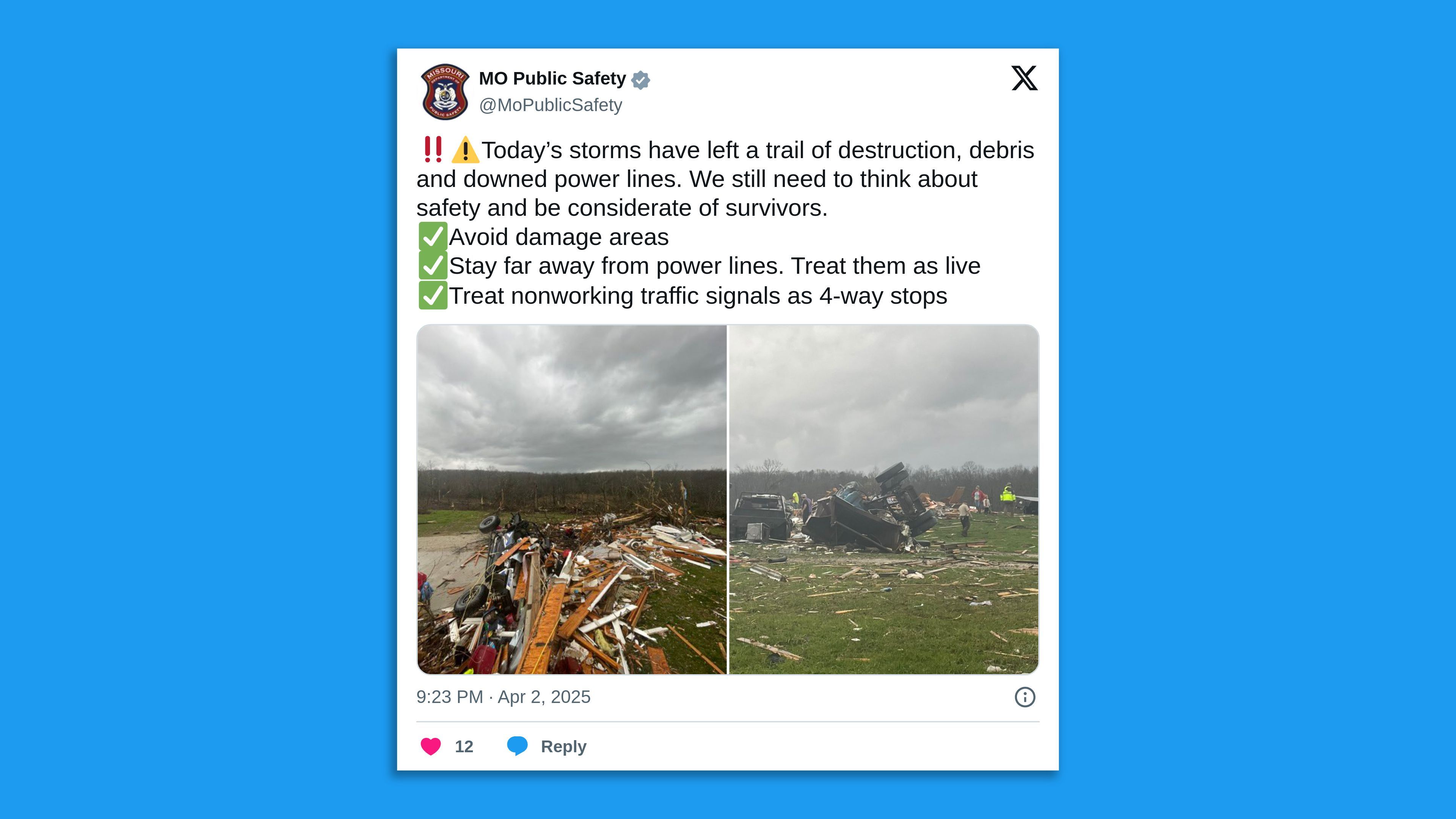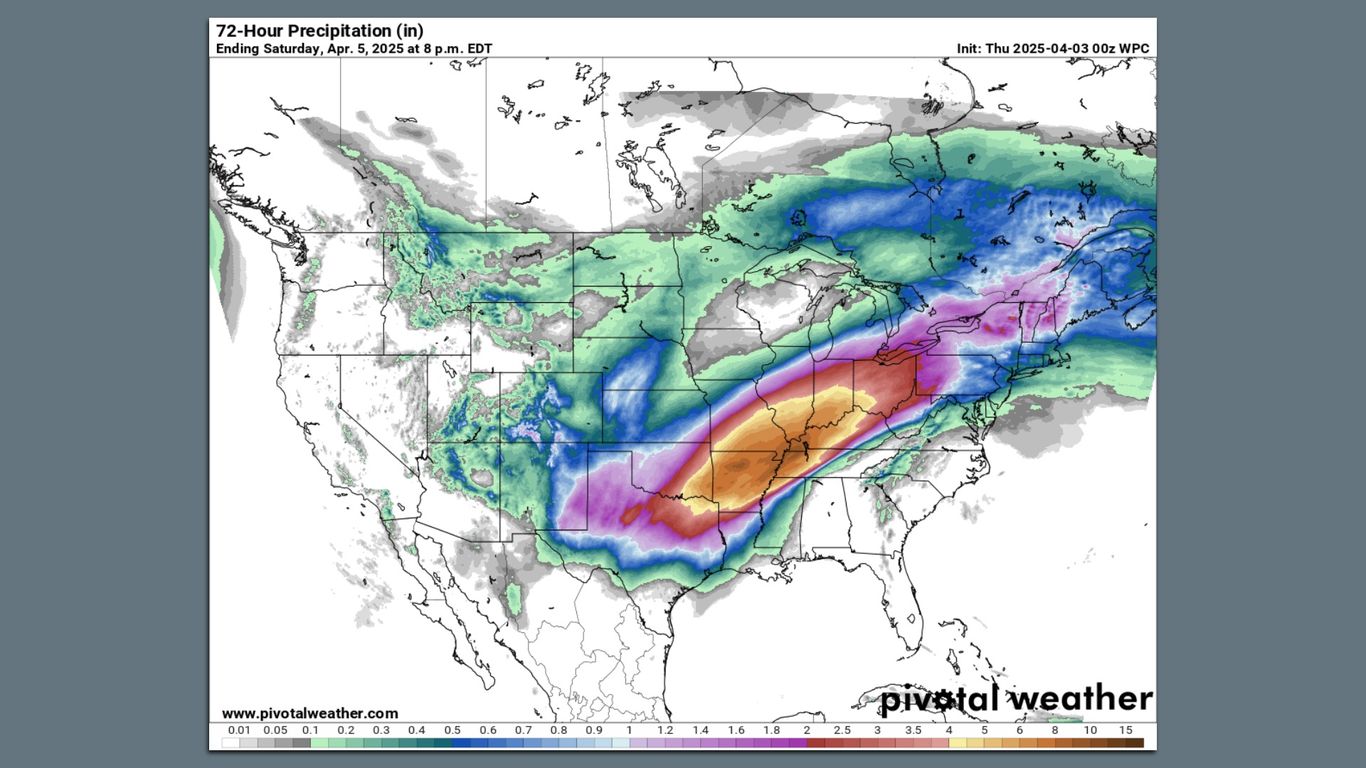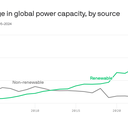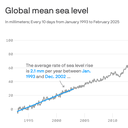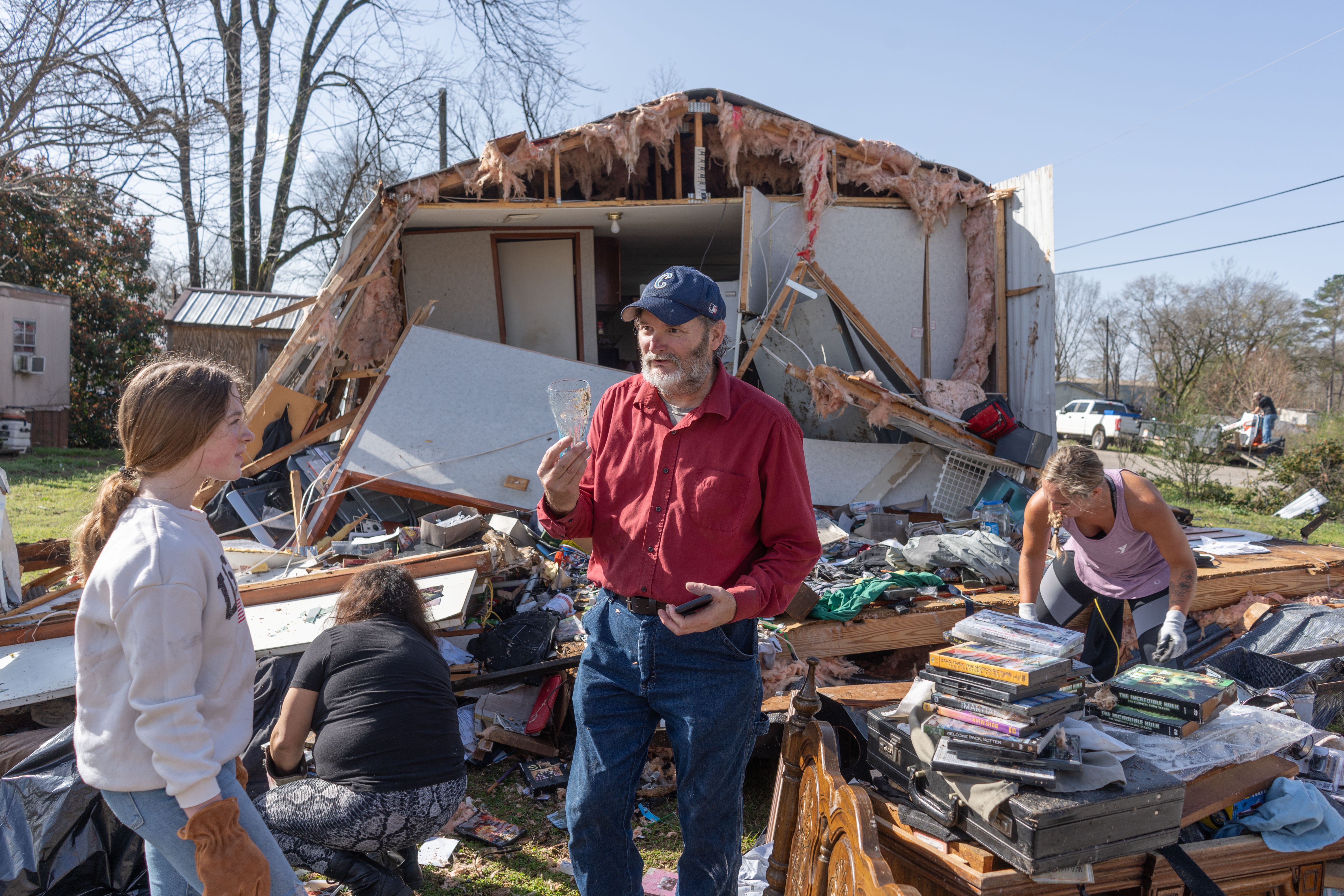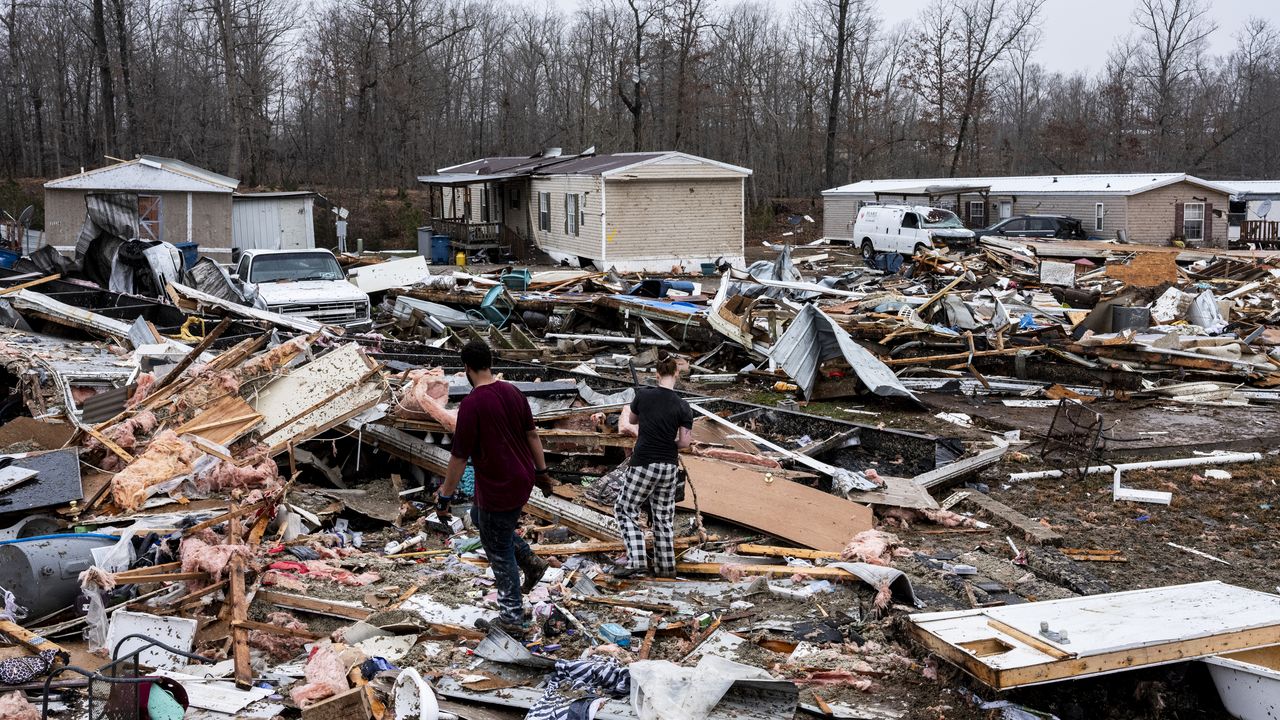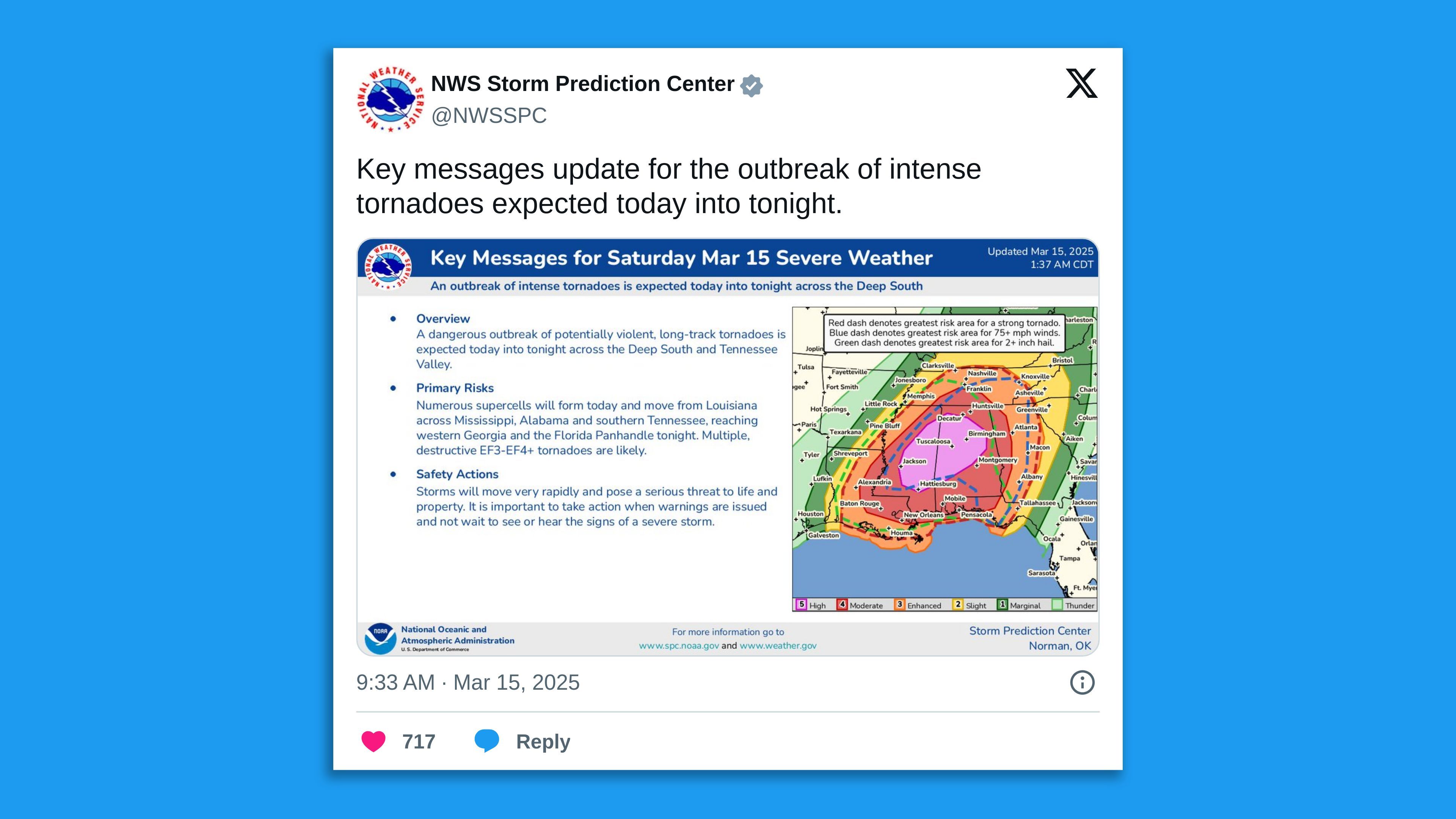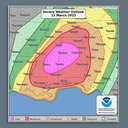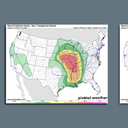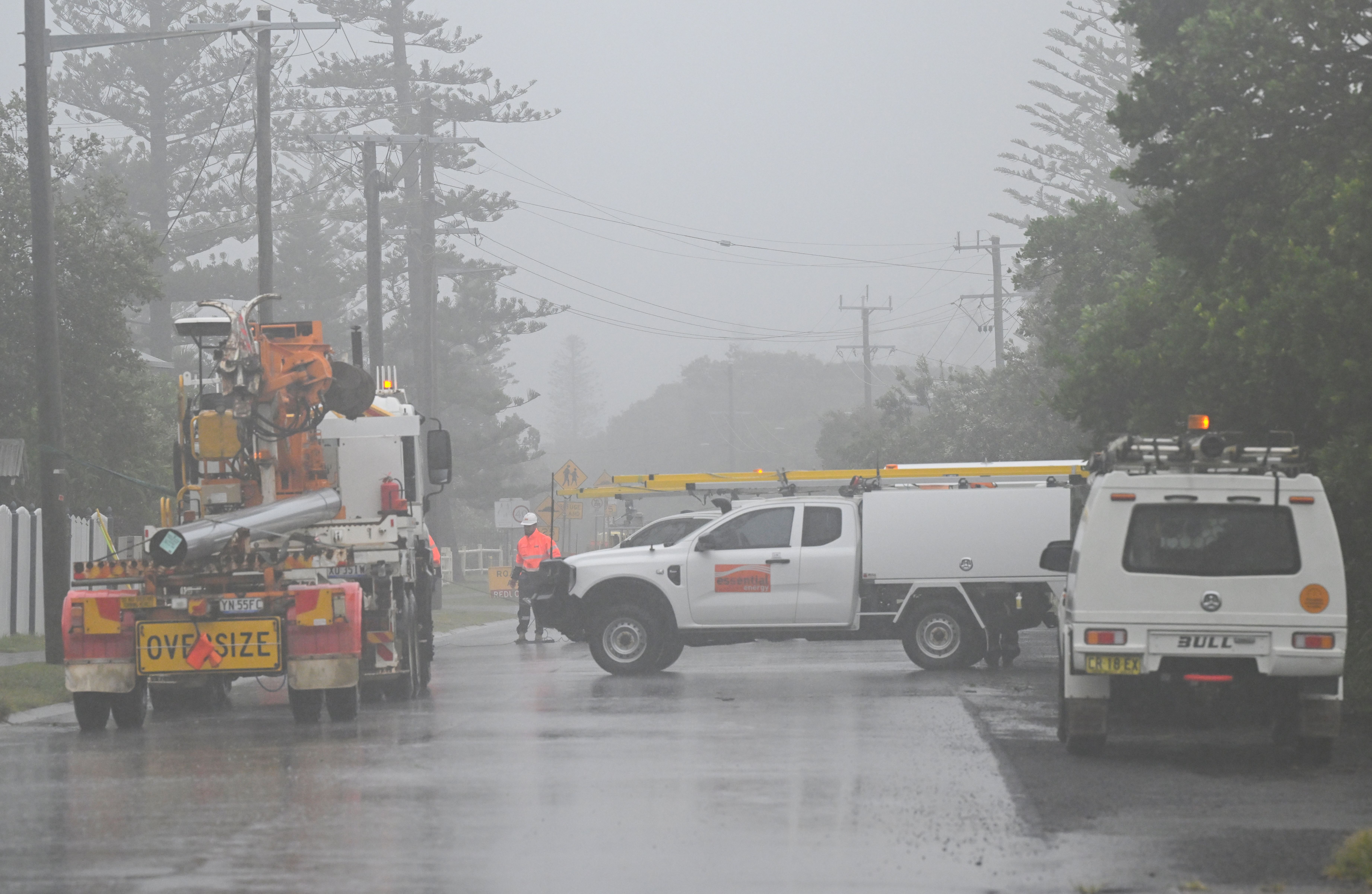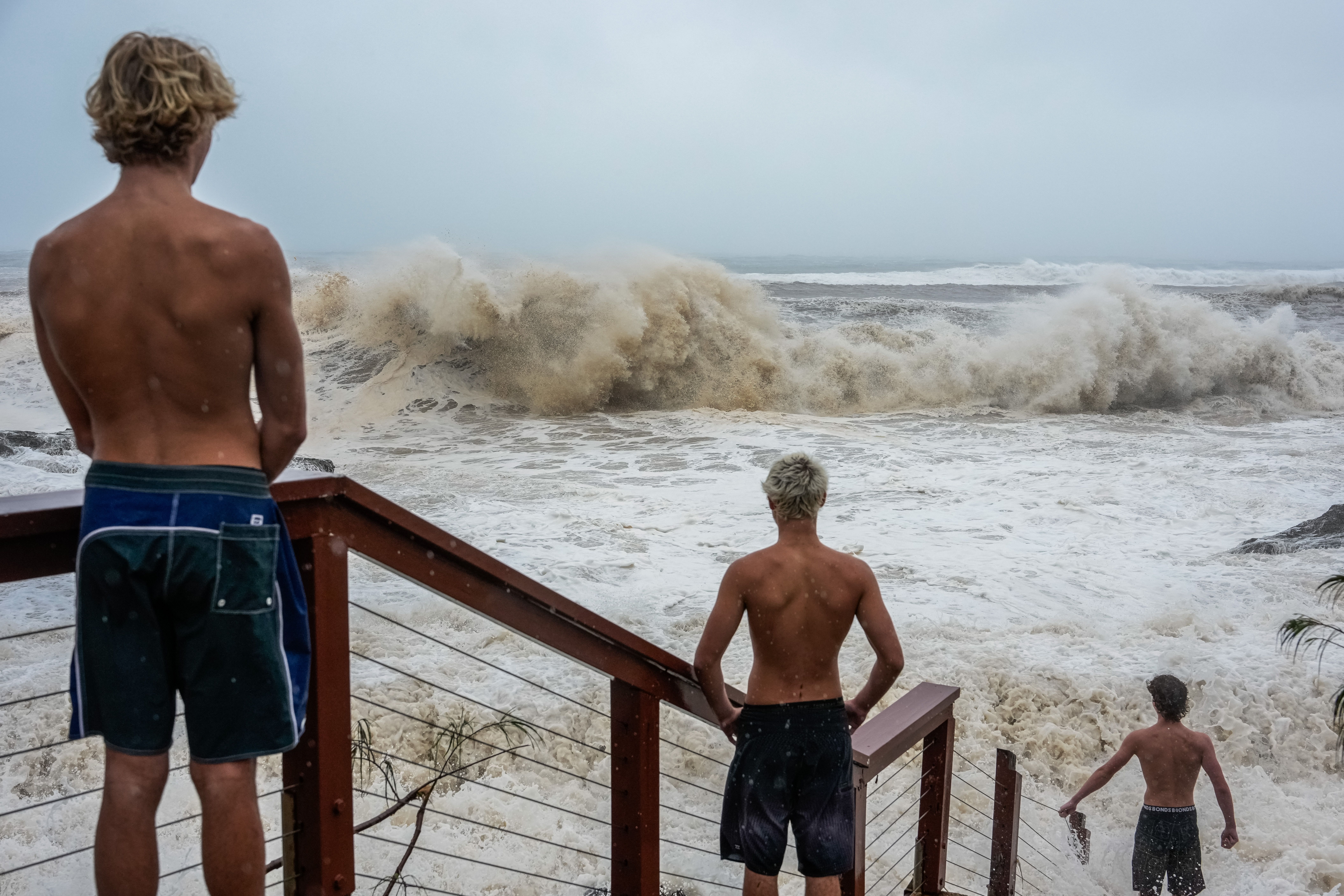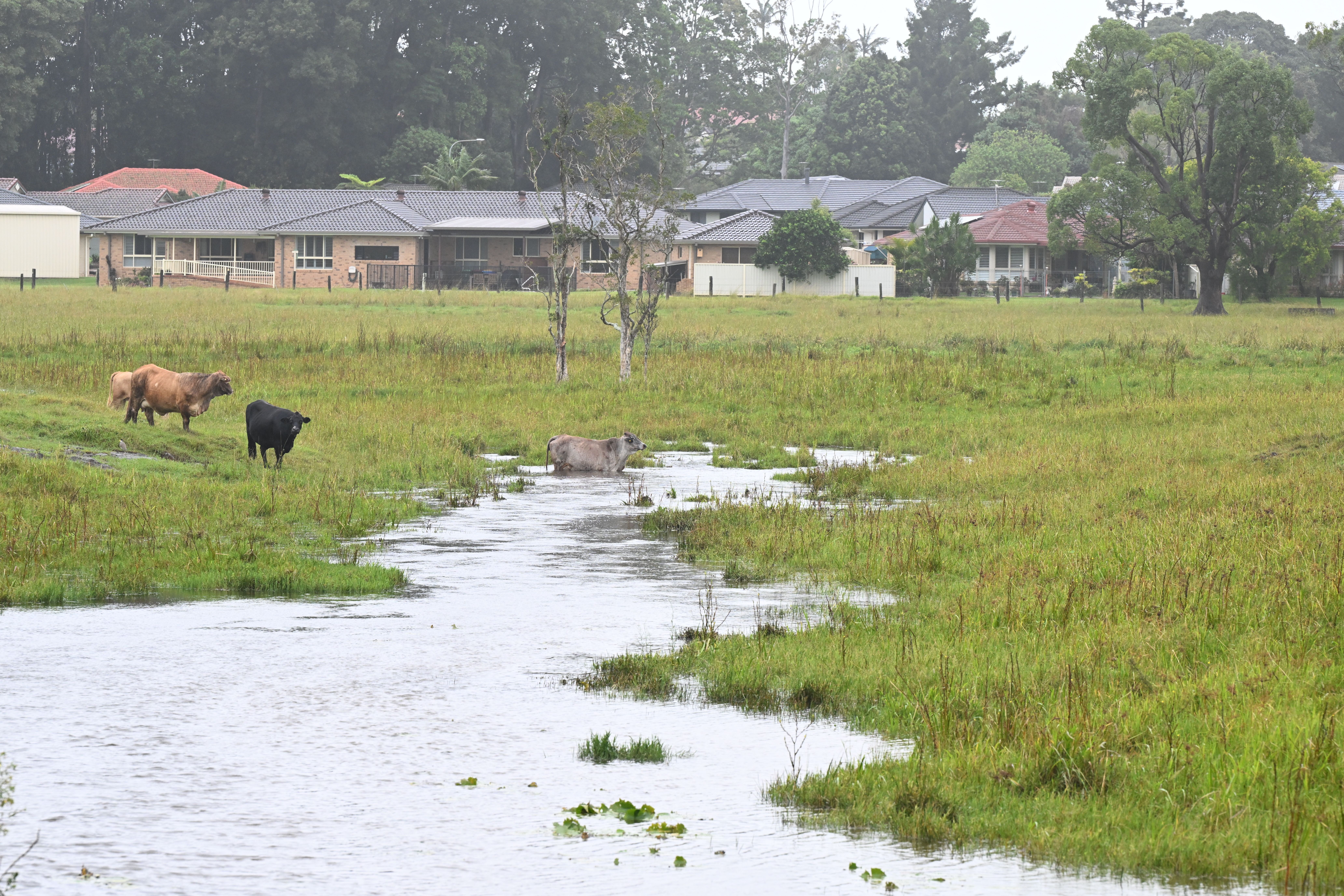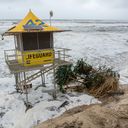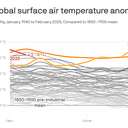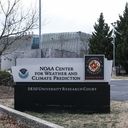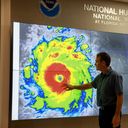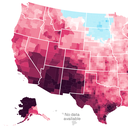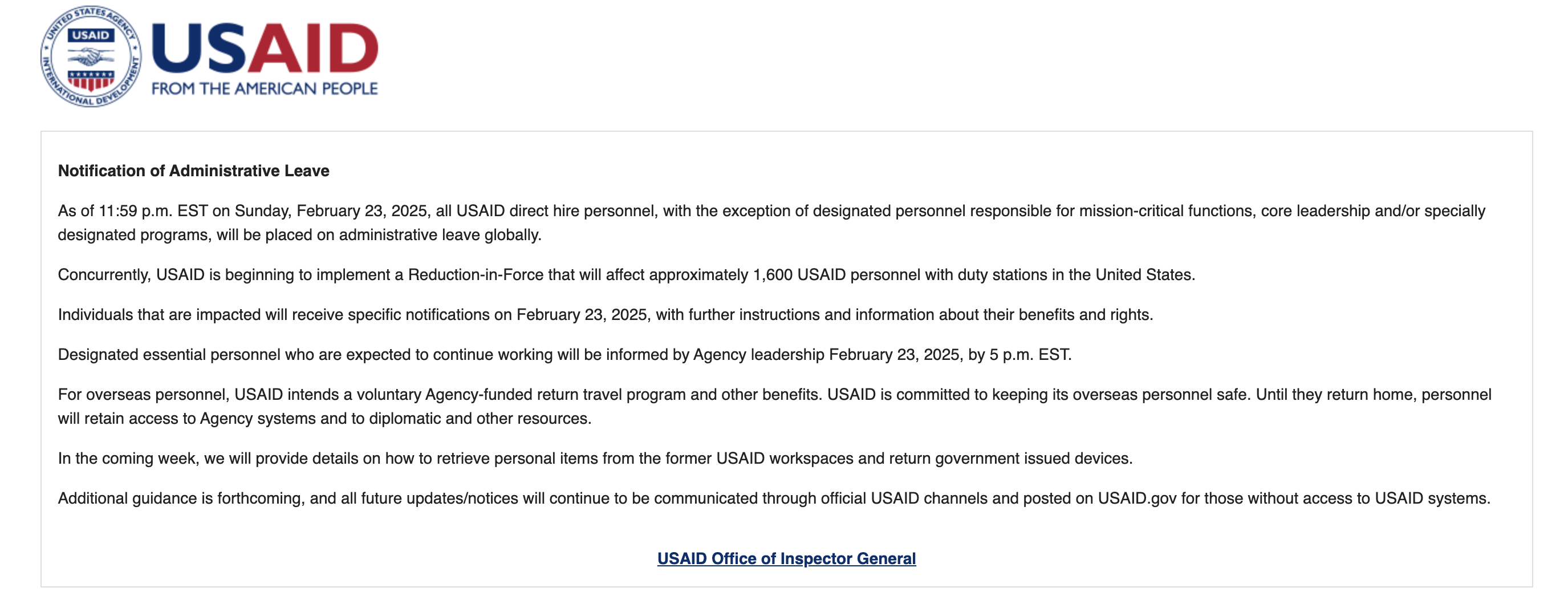NOAA research websites slated to go dark get reprieve with contract extension
NOAA has averted the early cancellation of an Amazon Web Services contract that would have caused a slew of agency websites to go dark beginning at midnight, the agency said Friday.
Why it matters: The outages mainly would have affected NOAA's research division, and would have made numerous websites and data sets inaccessible to the public, sources who spoke on condition of anonymity told Axios.
Zoom in: Instead of ending at midnight, the contract will now expire on July 31, allowing the agency more time to figure out a different cloud-computing solution.
- "There will be no interruption in service. All NOAA Research sites will remain online," a NOAA spokesperson told Axios Friday afternoon.
- A social media outcry presented headwinds to the proposed sudden change.
- Among those protesting was NBC "Today" host Al Roker, who tweeted to his more than 2 million followers: "This is bonkers!! These are the real world impacts of Federal government cuts."
Driving the news: The Commerce Department is requiring NOAA — and possibly all department agencies — to cut its IT budget by 50% across the board.
- This is resulting in cloud services contracts being cut — and, potentially more significantly, agency networks that transmit weather and climate information.
- Some of the websites that were slated to go down included the National Severe Storms Laboratory (NSSL), the Climate Program Office, the home website of NOAA research and the Earth Prediction Innovation Center, which maintains a cloud-based weather forecasting system developed as a public-private partnership.
- An NSSL outage may have affected some programs, such as the Hazardous Weather Testbed, that the National Weather Service uses for severe weather forecasting.
Bloomberg first reported the impending NOAA IT outages, and Axios independently confirmed them.
NOAA operates complex computer models for weather forecasting and climate change studies, most of which run on supercomputers.
- It also must consistently keep its weather data flowing to the public to provide accurate, life-saving severe weather warnings.
The intrigue: Some climate data may have gone dark Saturday morning as well. But the National Centers for Environmental Information, the U.S. clearinghouse for global climate data, wouldn't have been affected, sources said.
- In addition, certain NOAA labs could have seen their websites go down early Saturday.
- NOAA is facing the prospect of another wave of staffing cuts following the loss of about 800 probationary employees in late February, as well as a new round of early retirements.
- Already, some Weather Service forecast offices have cut back on some of their services, including weather balloon launches that provide key data for computer models.
The other side: The Commerce Department didn't immediately respond to a request for comment.
What's next: Additional contracts for IT services are due to be renewed or canceled in coming days, including ones that if terminated, may have a direct impact on NOAA's weather communication systems.
- Already, the termination of another contract has stopped the agency from automatically translating its audio forecasts and warnings into Spanish.
- As Axios reported, Commerce Secretary Howard Lutnick must approve any contract or contract extension that totals at or about $100,000, which is slowing NOAA to a crawl, along with research institutes it funds.
Editor's note: This story has been updated to add comment from NOAA spokesperson.
Go deeper:
Scoop: NOAA operations impaired by Commerce chief's approval mandate


